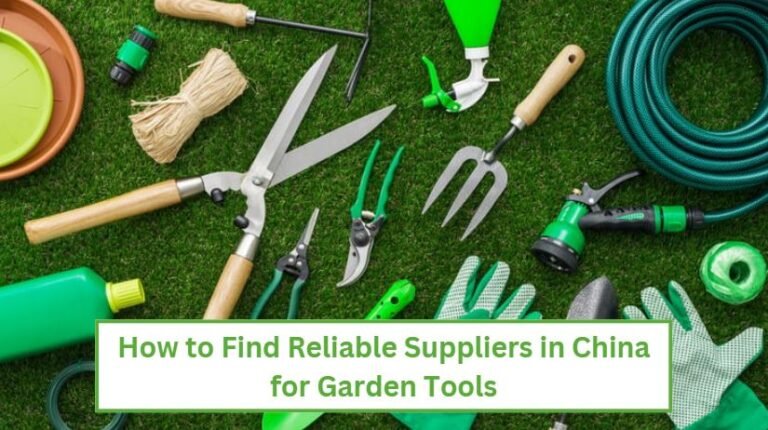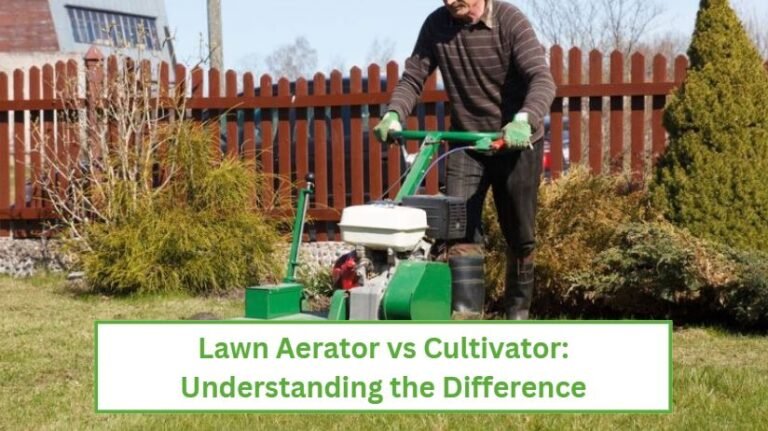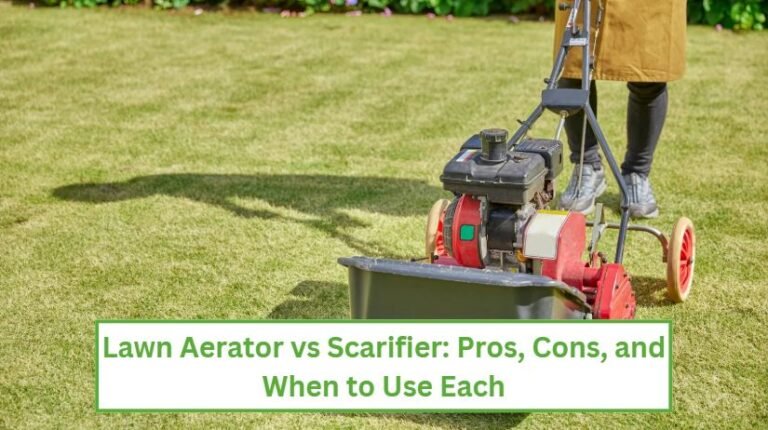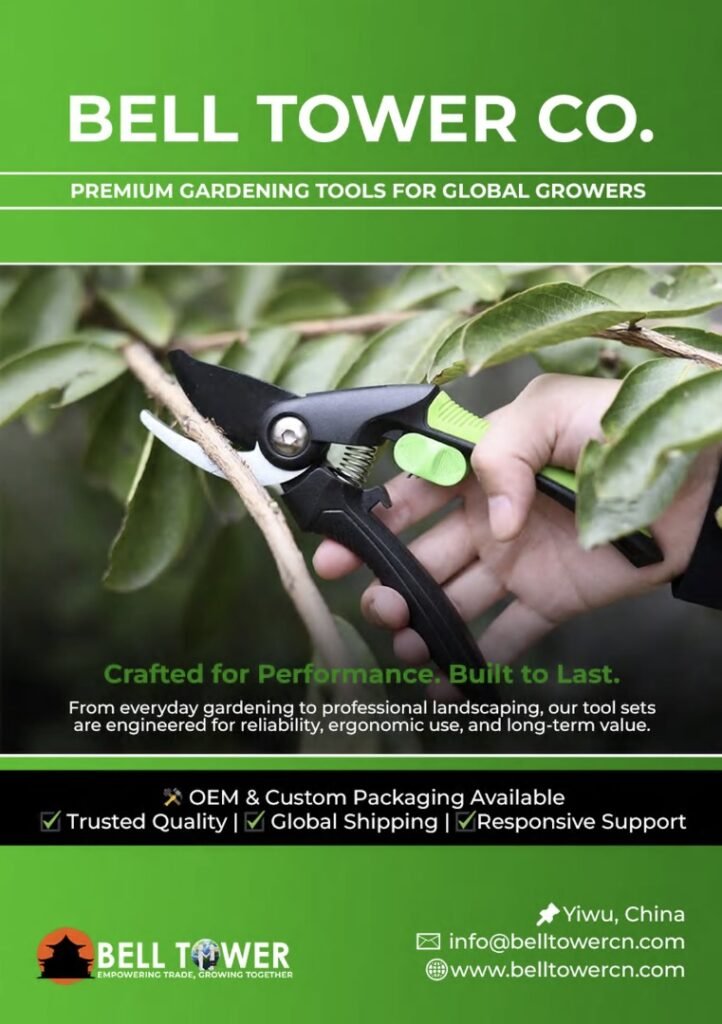Pruning shears are a gardener’s best friend, helping you turn overgrown branches and wild shrubs into tidy, healthy plants.
But, since there are different types of pruning shears, it can get overwhelming to pick the right one for your garden.
In this blog post, you’ll learn about their types and what factors to consider when picking one for your gardening needs.
Let’s dive in.
Understanding Pruning Shears
Pruning shears, sometimes called secateurs, are handheld gardening tools designed to snip branches, stems, and foliage.
Why should you always keep them in your gardening arsenal? Because they help you:
- Keep your garden in its best shape
- Encourage growth
- Keep plants healthy
From trimming delicate flowers to pruning woody shrubs, pruners help you with a range of essential gardening tasks.
Why Does Choosing the Right Pruning Shears Matter?
Selecting the correct type of pruner makes all the difference. First, they help plants heal quickly by making clean cuts. This reduces the risk of diseases.
Second, they save you effort and minimize hand strain. So, if you engage in long gardening sessions, have limited grip strength, or want convenience, get a good pruner.
Last but not least, the right tool will last a long time, saving you from constantly replacing low-quality, cheap ones.
Types of Pruning Shears
Let’s talk about the different types of pruning shears, their applications, and which one is best for which gardening task.
Bypass Pruners
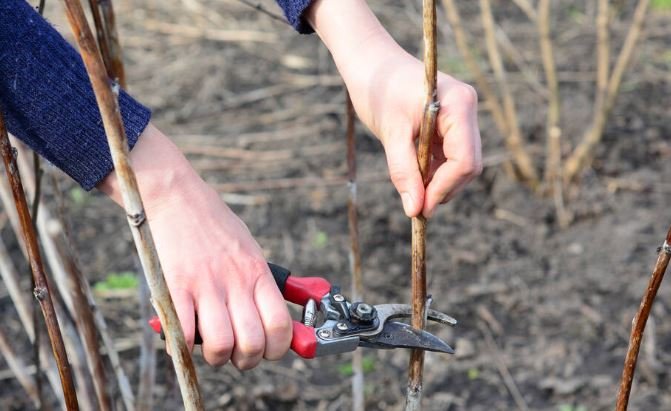
These pruners work like scissors, with the two cutting blades sliding past each other. Bypass pruners are perfect for thin branches (Up to about ¾ inch thick) and live, green stems.
With bypass pruners, you can make precise clean cuts, making them perfect for delicate tasks like:
- Shaping shrubs
- Pruning roses
However, they struggle with hard materials, so avoid using them against dead or dry wood.
Anvil Pruners
Imagine a knife on a cutting board. Anvil pruners are like that, with a sharp blade cutting against a flat surface (The anvil).
Anvil pruners tackle what bypass pruners can’t: Dead or dry wood up to ½ inch thick. Use them for cleaning tasks rather than live plants, as they can crush live stems.
Ratchet Pruners
Have limited hand mobility or strength? Want a pruner tailor-made for elderly gardeners? Or, maybe you’re after the ultimate gardening convenience?
If you answered yes to any of the above questions, ratchet pruners are for you. They use a mechanism that cuts in stages, requiring less force from you.
Ratchet pruners come in both bypass and anvil styles. Their ideal use cases?
- Repetitive pruning or long gardening sessions
- Thicker branches
Check Out Our Pruning Shears in Different Colors in This Video:
Explore our Premium Gardening Tools
Key Factors to Consider When Choosing Pruning Shears
Now that you know which types of pruners are best for different gardening tasks, let’s explore other factors to consider when choosing the right pair for your garden.
Blade Material
The material of the blade affects its performance and longevity. Stainless steel blades resist rust and corrosion, which makes them perfect for humid climates.
Carbon steel blades require extra care as the material isn’t as resistant to rust. However, these blades hold the sharper edge longer.
So, choose your pruner based on how much maintenance you’re willing to do.
Cutting Capacity
Not all pruning shears can handle thick wood. Some are tailor-made for tackling delicate plants. Consider the cutting capacity of a pruner before making a decision. For instance, if you need to regularly cut dry or dead wood, get an anvil pruner.
Ergonomics and Comfort
Comfort is important when you’re pruning for more than an hour. Look for a pruner with a cushioned handle. Consider getting the ratchet pruners; they cut in stages, doing the heavy lifting for you.
Maintenance Requirements
Some gardening tools are easier to maintain than others. Before getting one, check if you can sharpen its blades with the basic sharpening stone. Some pruners come with replaceable parts, potentially extending the tool’s life.
Also, if your climate is humid, get a pruner with a stainless steel blade.
Budget Considerations
Pruning shears can range from $10 to over $60, depending on the quality and type.
For occasional use, an entry-level pruner will do fine. But, for frequent use, get a mid-range or premium pruner.
How to Test Pruning Shears Before Buying
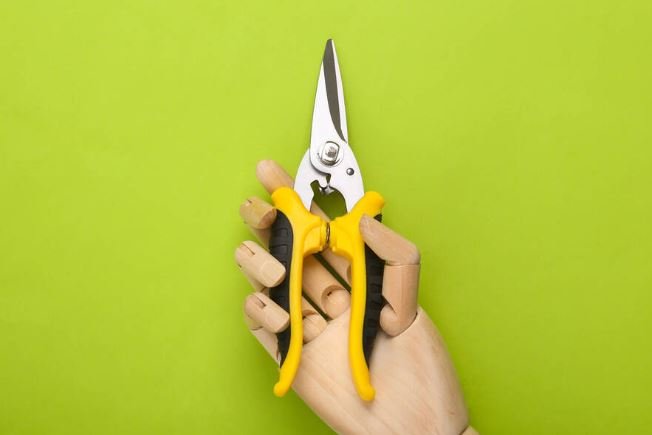
Before you make the final decision, give the shears a test run. There are two ways to do that.
In-Store Testing
If you’re shopping from a physical store, hold the tool in your hands and feel the grip. Squeeze the handles and make sure the cutting action is smooth.
Also, test the weight. You don’t want to strain your wrist after a few minutes. If you can test the pair on an actual branch, that’s perfect.
Researching Online
If you’re buying your pruners online, look for real customer reviews. Watch YouTube demos to see the shears in action.
You should find all the information you need about a specific pair of pruning shears online to make an informed decision.
How to Choose Pruning Shears: FAQs
Let’s address some frequently asked questions about choosing a pair of pruning shears that fits you and your garden.
What are the Best Pruning Shears for Beginners?
Bypass pruners are great for beginners as they’re versatile and easy to use. Try a pruner with a comfortable grip and smooth cutting action for a reliable start.
Can I Use Pruning Shears on Thick Branches?
If your branches are no more than ¾ inch thick, hand pruners will do. For thicker branches, switch to loppers or a pruning saw to avoid damaging the plant and the shears.
How Often Should I Sharpen Pruning Shears?
The ideal sharpening frequency depends on how much you use the blade. As a rule of thumb, sharpen your shears with a stone when the blades start looking ragged.
Conclusion
Not every pruner is created equal. Each type has unique features, which make it suitable for a specific gardening task.
For instance, if you’re after delicate flowers and stems, you want to invest in a good pair of bypass Pruners.
Similarly, if your garden needs regular cleaning of dry or dead wood, anvil pruners are your best friend.
And, if you want the ultimate cutting comfort and are regularly faced with thick materials, go for ratchet pruners.
Lastly, consider factors like blade material, handle grip, and potential longevity of the tool before making the final decision.

